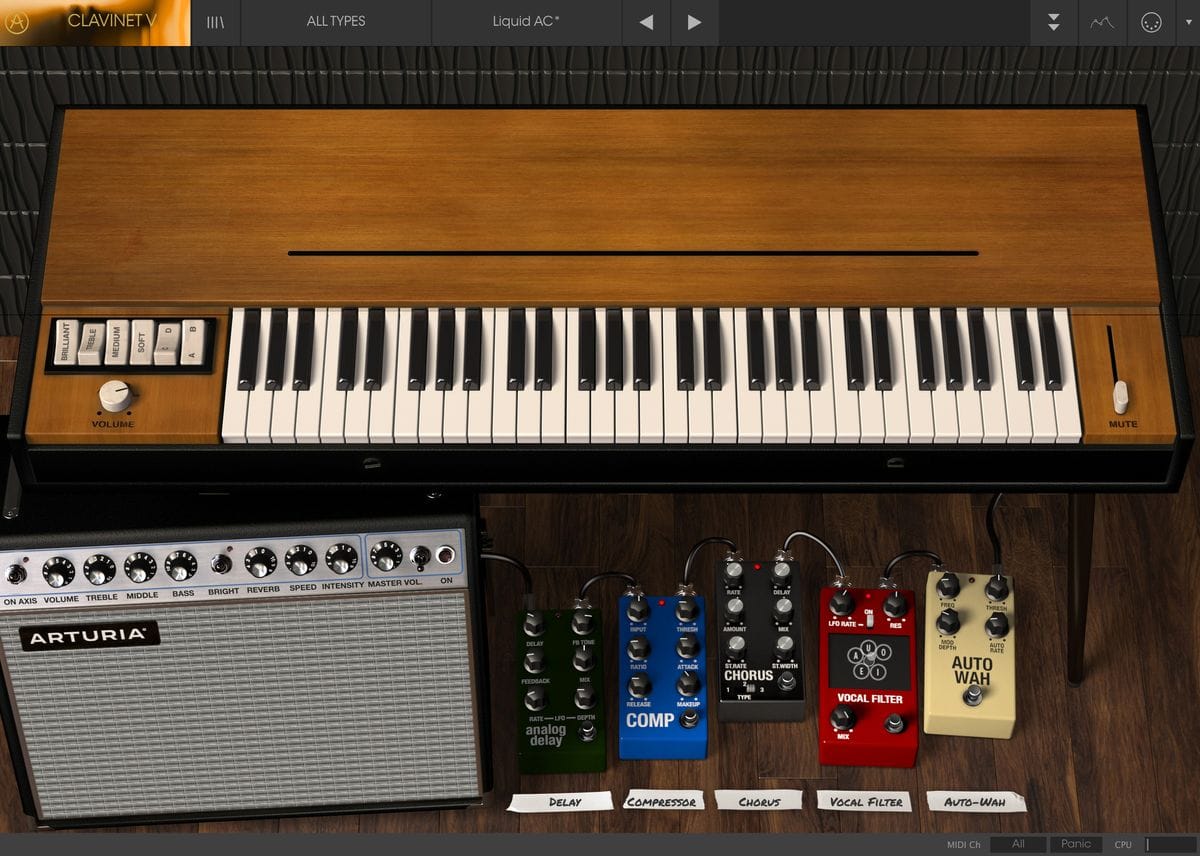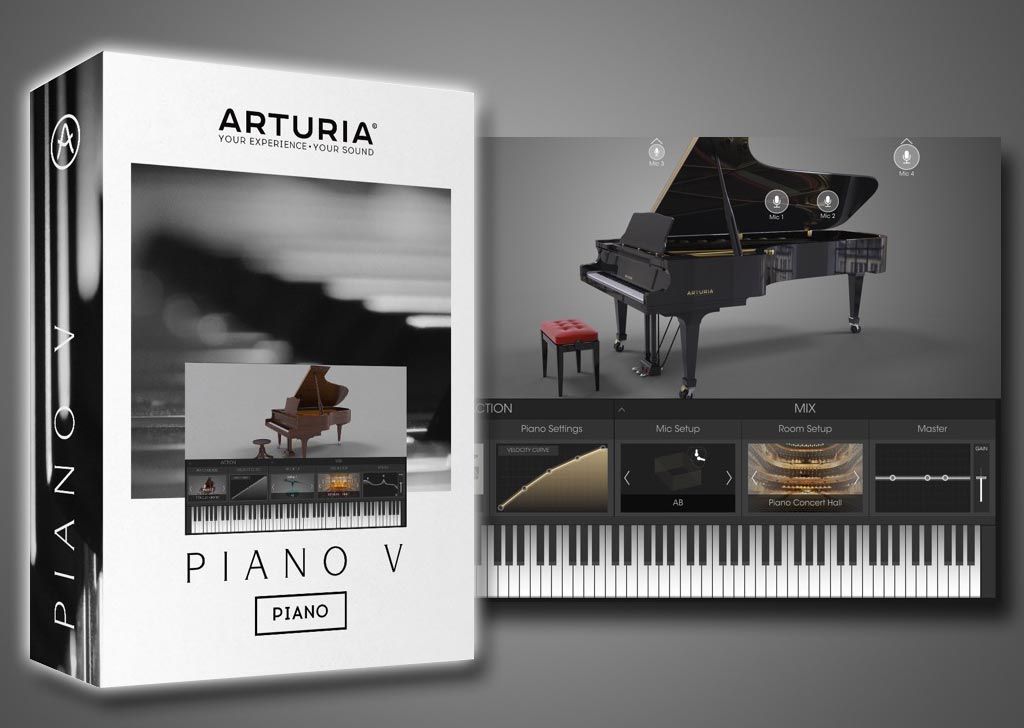

Where it diverged from the herd was the inclusion of built-in DSP, making it an affordable entry point into the UAD universe. Its hardware feature set didn’t break the mould - two combo mic/line inputs, one instrument DI, one headphone jack, four line outputs, single-port ADAT input, and a big old knob on the top.

The original Universal Audio Apollo Twin was refreshingly different.

The downsides can often be a proprietary breakout cable, and MIDI usually goes by the wayside. Let’s see: USB connection (sometimes Thunderbolt, which can be a pain because you rarely get the $50 cable thrown in) two combo mic/line/instrument inputs one pair of monitor outputs, and a second set of line outputs if you’re lucky one headphone jack ADAT for expansion - again, if you’re lucky and one big knob to control it all. You can reel the features off without even glancing at the back panels. Most desktop interfaces don’t offer much.


 0 kommentar(er)
0 kommentar(er)
